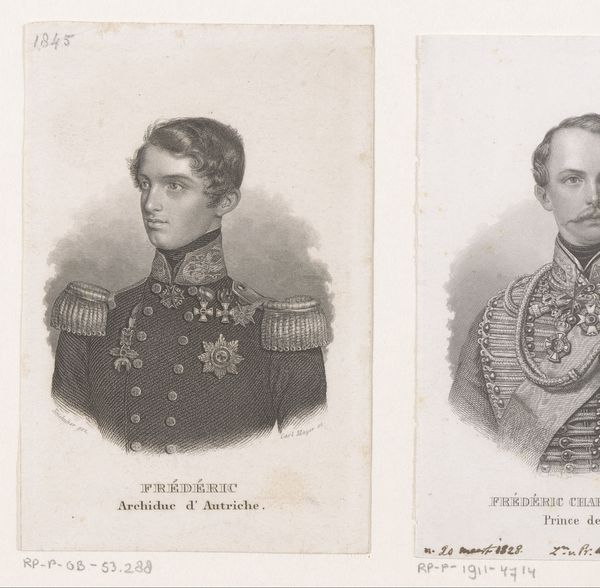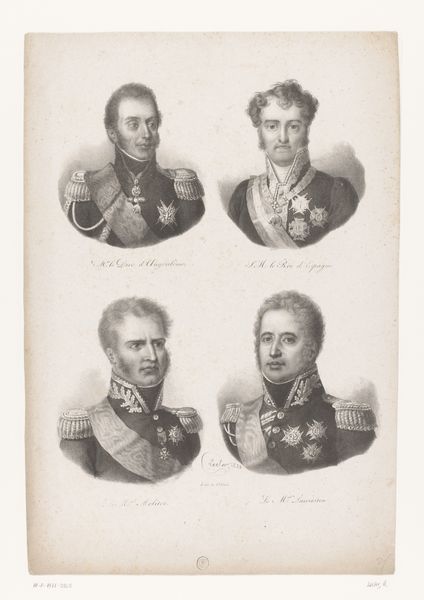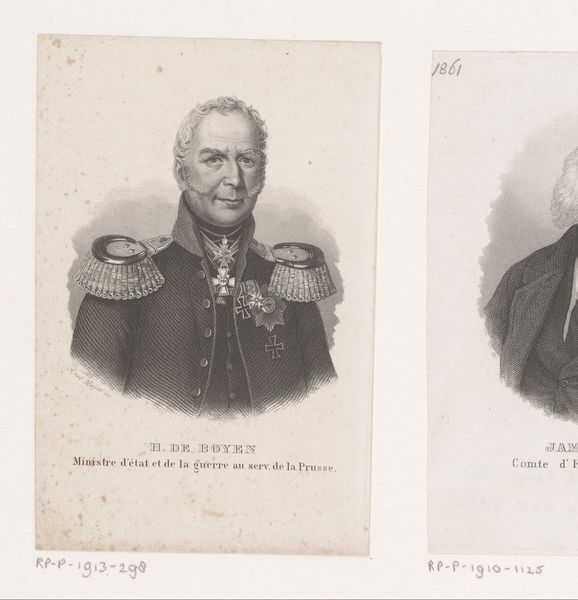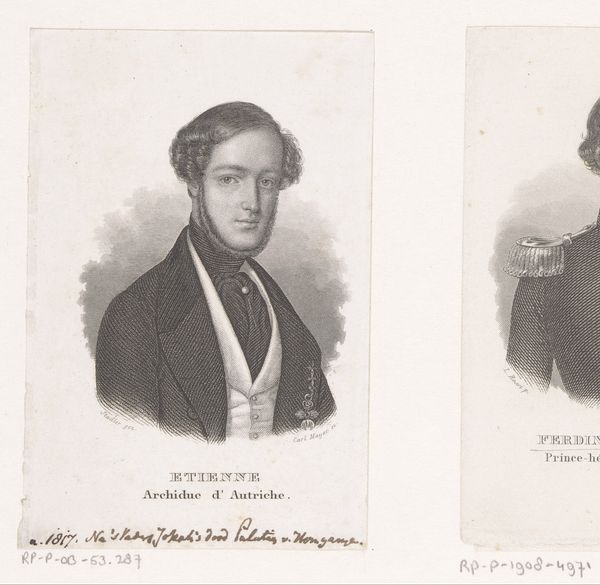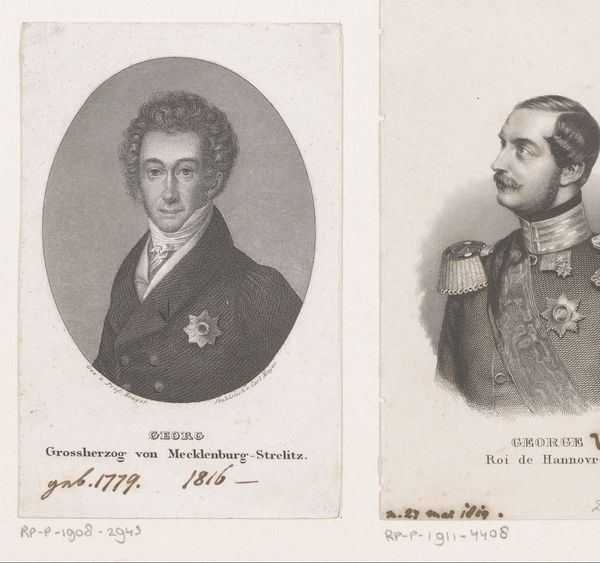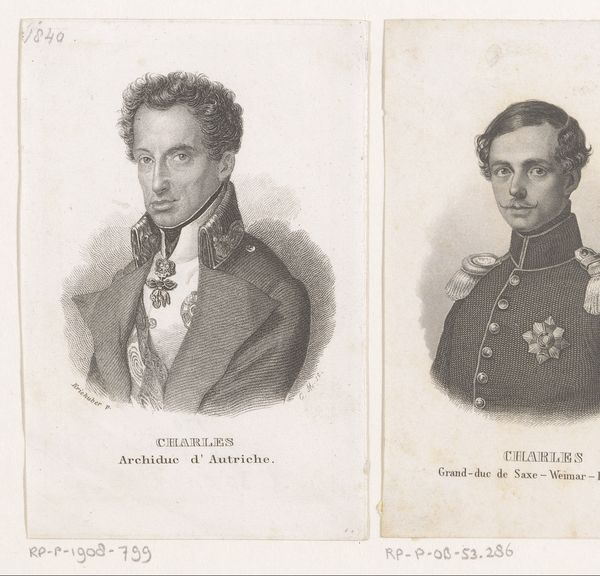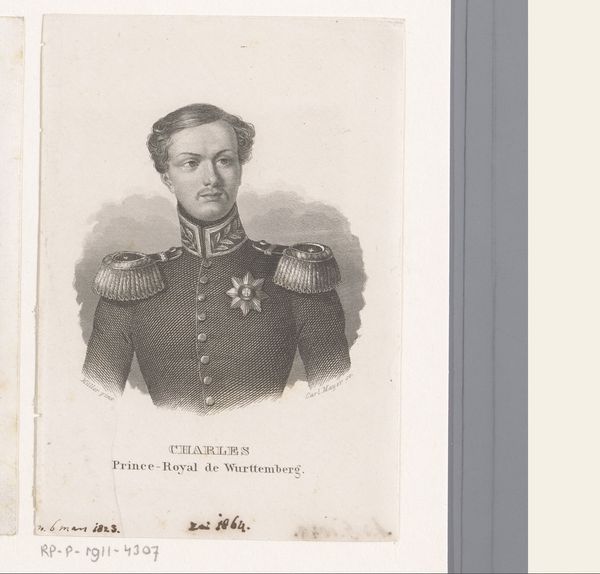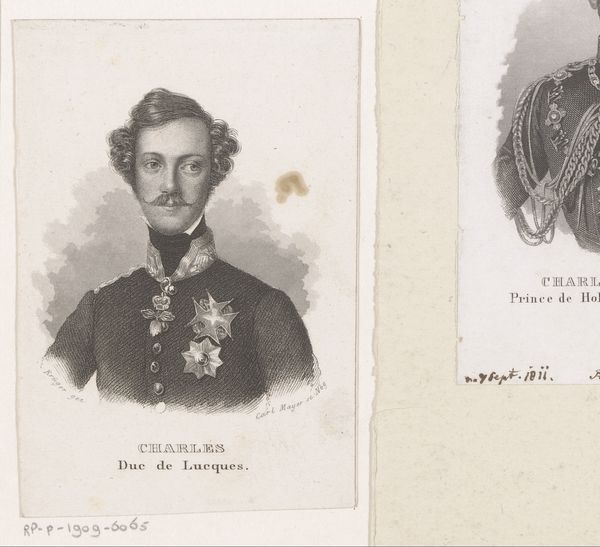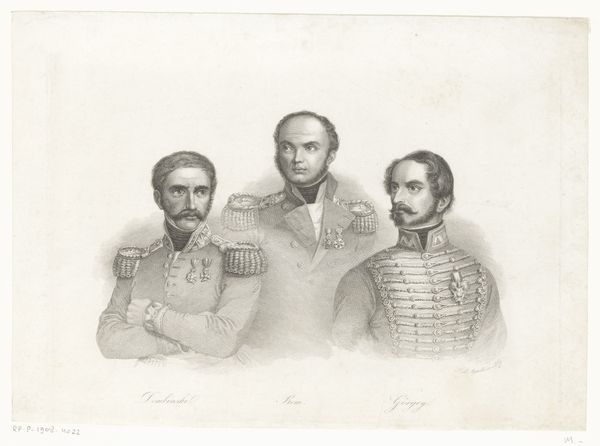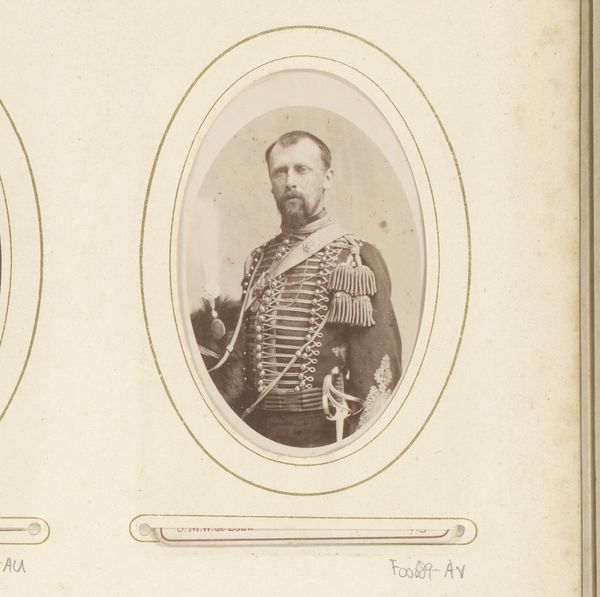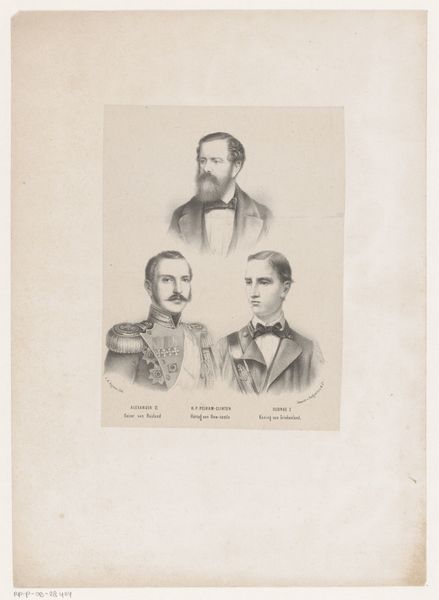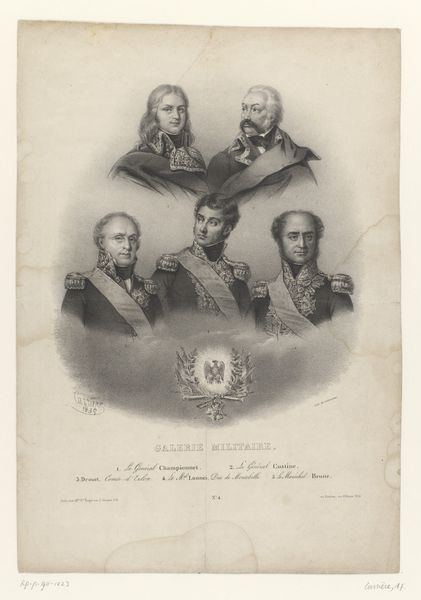
print, engraving
#
portrait
#
neoclacissism
# print
#
historical photography
#
history-painting
#
engraving
Dimensions: height 109 mm, width 72 mm
Copyright: Rijks Museum: Open Domain
Editor: Here we have a print from 1836 by Carl Mayer titled "Portret van Carlos María Isidro Benito de Borbón y Borbón-Parma," or Portrait of Don Carlos. It’s quite a formal portrait, rendered in meticulous detail, almost photographic in its clarity. I'm immediately struck by the context of monarchy, clearly signaled by the medals and regalia. How should we interpret this piece considering its historical context? Curator: The context is key. This print wasn’t just an artistic representation; it served a political function. Carlos María Isidro was a claimant to the Spanish throne. Prints like these circulated widely, shaping public opinion and solidifying his image as a legitimate ruler, regardless of actual political authority. Think of this print as early political propaganda. Notice the Neoclassical style— the focus on idealized, rational order, suggesting stability and authority, traits a leader would want to project during political turmoil. Editor: So, its Neoclassical style is part of its persuasive power? By referencing classical ideals, it implicitly claims legitimacy? Curator: Exactly! It evokes a sense of enduring tradition. Who was the target audience, and what were their existing beliefs? Such images helped construct a narrative around Don Carlos, vital for maintaining his support base, particularly during the Carlist Wars fought over succession. These wars deeply impacted Spanish society and political landscape, something the artist definitely understood. Editor: That makes me see it differently. It's not just a portrait; it's a carefully constructed argument about power and legitimacy during a time of significant social upheaval. I hadn’t fully considered the print’s role in actively shaping the political landscape. Curator: It's a potent reminder that art is rarely created in a vacuum; socio-political forces always play a crucial role in both production and reception. Now, how do you think the means of production -- being a printed image available for mass production -- factored into its social impact at the time? Editor: I see. Understanding how easily these images could be distributed gives even more importance to its symbolism. Curator: Precisely. Keep that in mind, as that could offer even more information about Carl Mayer's creation!
Comments
No comments
Be the first to comment and join the conversation on the ultimate creative platform.
